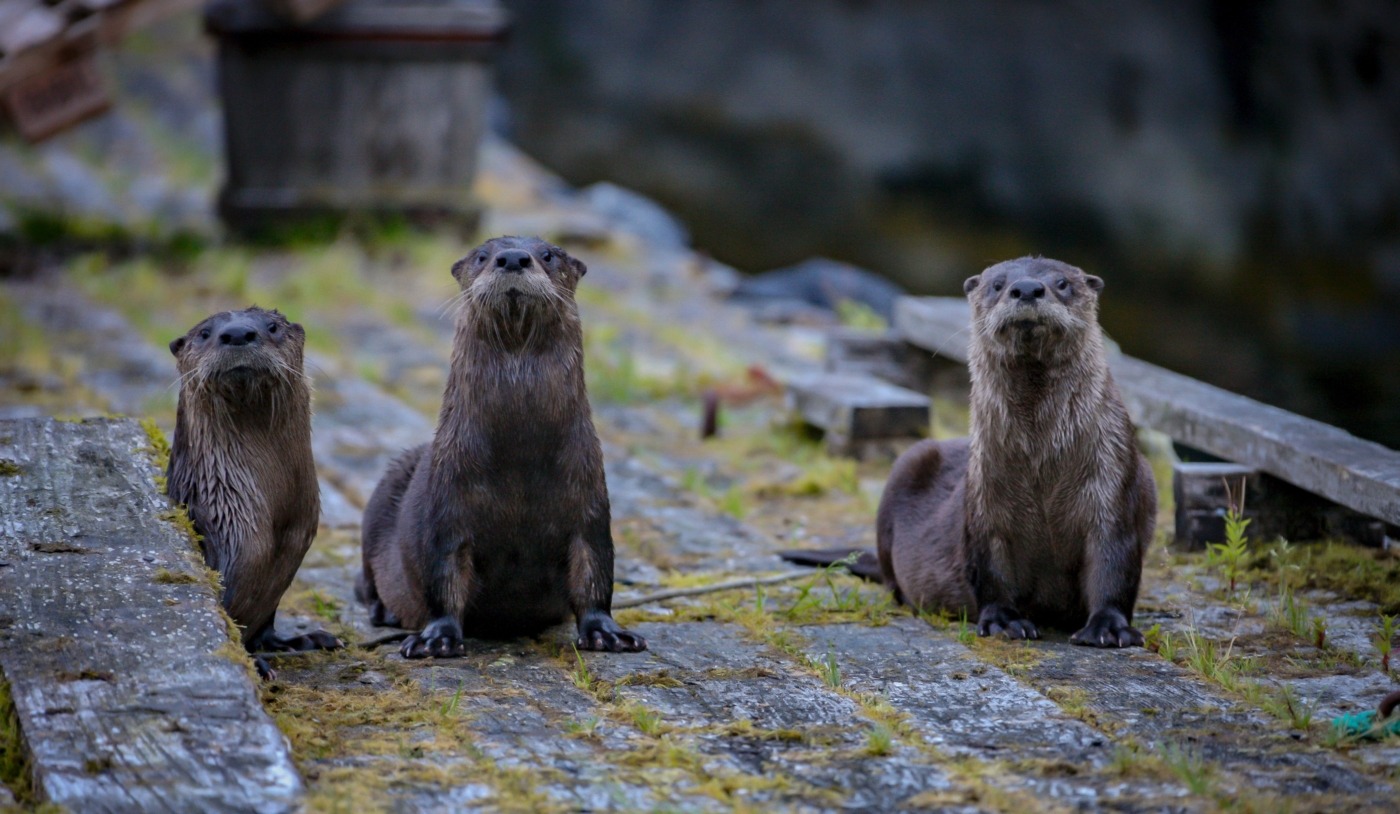Rights for those who can’t write
Literature enables us to empathise with animals as well as understand how key their relationship is with humans. Taking the viewpoints of the animals themselves or using a bird’s eye view to demonstrate their hardships, literature creates a tangible way of viewing animals as the sentient beings they are. While there are numerous non-fiction books on the rights of animals such as Singer’s Animal Liberation, Safran Foer’s Eating Animals, and Fossey’s Gorillas in the Mist, fiction also allows us to emote with animals in a much different way.
We are introduced to animal rights in literature from a young age with many novels featuring animals being written primarily for children. One which a lot of people are probably familiar with is E.B White’s 1952 novel, Charlotte’s Web. The story focuses on a pig named Wilbur who befriends a spider called Charlotte. The novel is one haunted by death, as all of the animal’s on Wilbur’s farm know they must die for meat. However, through the way that Charlotte helps Wilbur become a show pig, there is the implication that animals deserve a far more dignified way of dying than slaughter.
Another author widely familiar in children’s literature and a large reason why many – myself included – became animal lovers at a young age, is Michael Morpurgo. Morpurgo has written many stories that promote the rights of animals including The Butterfly Lion and Born Free. His most famous animal novel, however, is perhaps War Horse, published in 1982. Told from the perspective of a horse named Joey, the novel shows the tragedy that animals also go through and the sacrifices they make in times of conflict, as Joey is purchased for army service in World War One. The bond between human and animals is keenly shown in the novel as being more than just that of a pet and owner. Morpurgo writes equal joy in both Joey and Albert, his original owner, being reunited, showing that animals too have emotions worth recognising.
The ending demonstrates the endless emotional capacity an animal can develop when treated with a little compassion
Moving away from books traditionally classed as for children, an earlier novel promoting compassion towards animals is Black Beauty by Anna Sewell (1877). Like War Horse, a horse named Black Beauty is given human characteristics with the story told from their point of view. Each chapter explores an episode of the horse’s life, focusing on the hardships, and ends with a moral, often promoting kindness towards animals and humans both. Many moments of the novel indeed bring to mind a quote by philosopher Immanuel Kant: “We can judge the heart of a man by his treatment of animals.”
Similarly, Henry Williamson’s 1927 novel Tarka the Otter conveys an otter’s view of life in one of Britain’s wildest landscapes and is thought to have changed people’s perspective on the animals – who up until this point were thought of as no more than vermin. The novel is realist as the animals are not given human characteristics, showing the dangerous lives that Tarka and other otters must lead by having to fend off the hunters and their pack of hounds pursuing them.
Jack London explores the idea of animal rights with literature, with his 1903 novel The Call of the Wild – a harsh novel arguably about the negative psychological effects that human control can have over animals and what happens when animals are reduced to objects in the eyes of humans. The story centres on Buck, a dog stolen from his happy home and sold to finance a gambling addiction. After being forced to be an overworked sled-dog for a period of time, Buck is eventually taken in by the much kinder Thornton and – without giving too much away – the ending demonstrates the endless emotional capacity an animal can develop when treated with a little compassion.

Comments